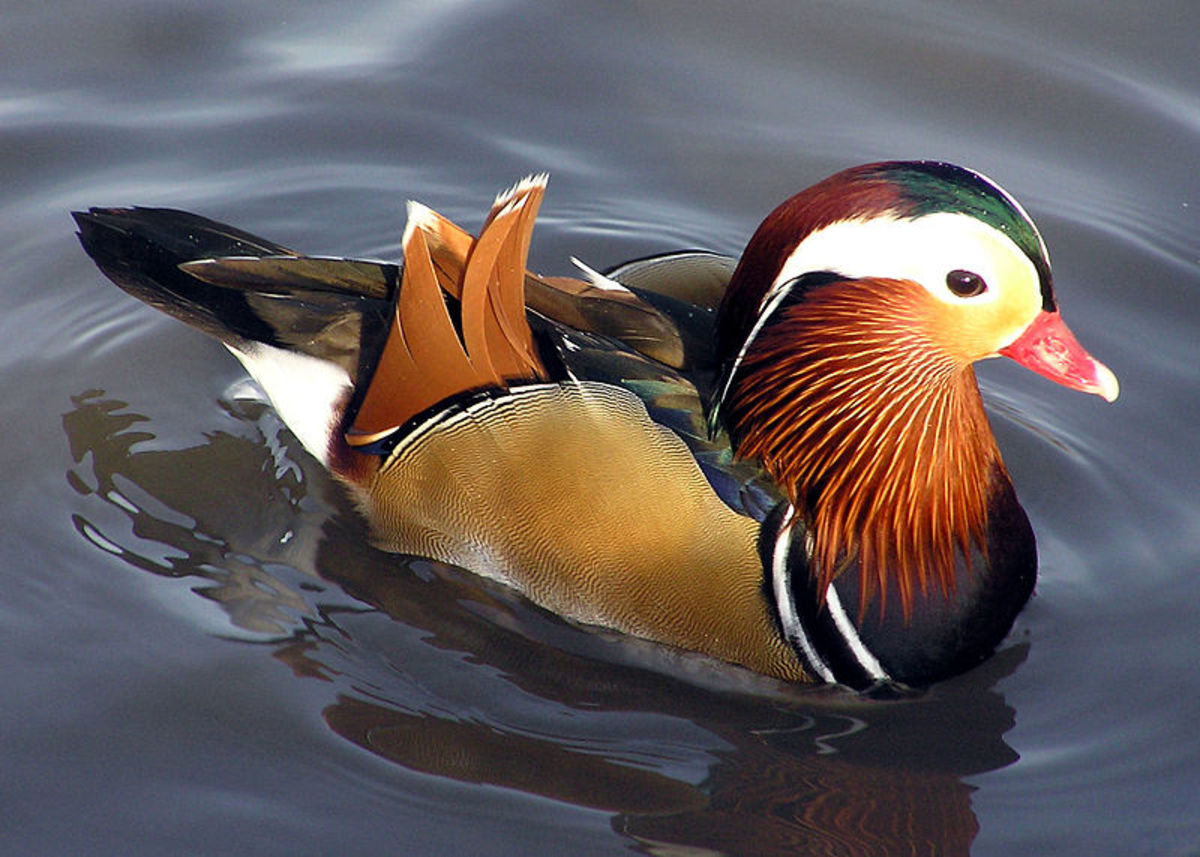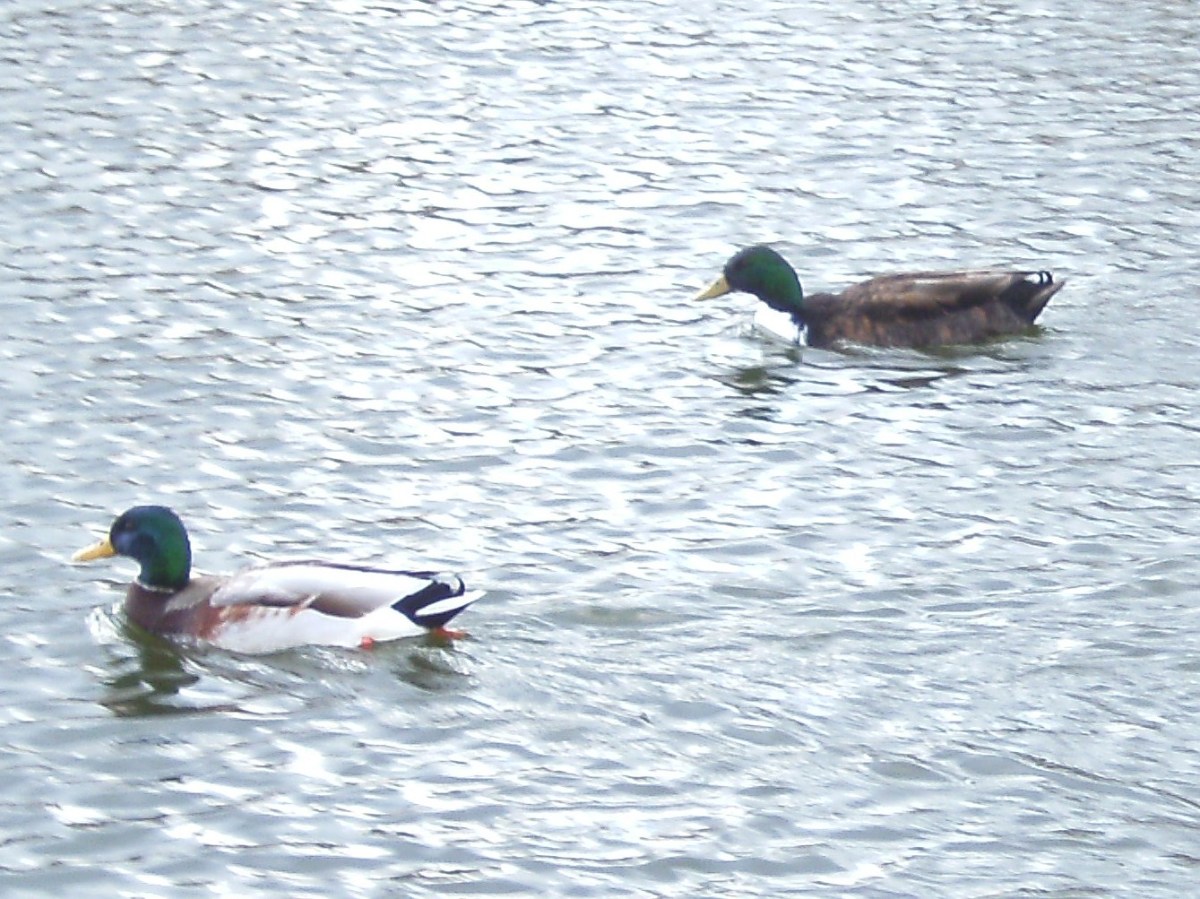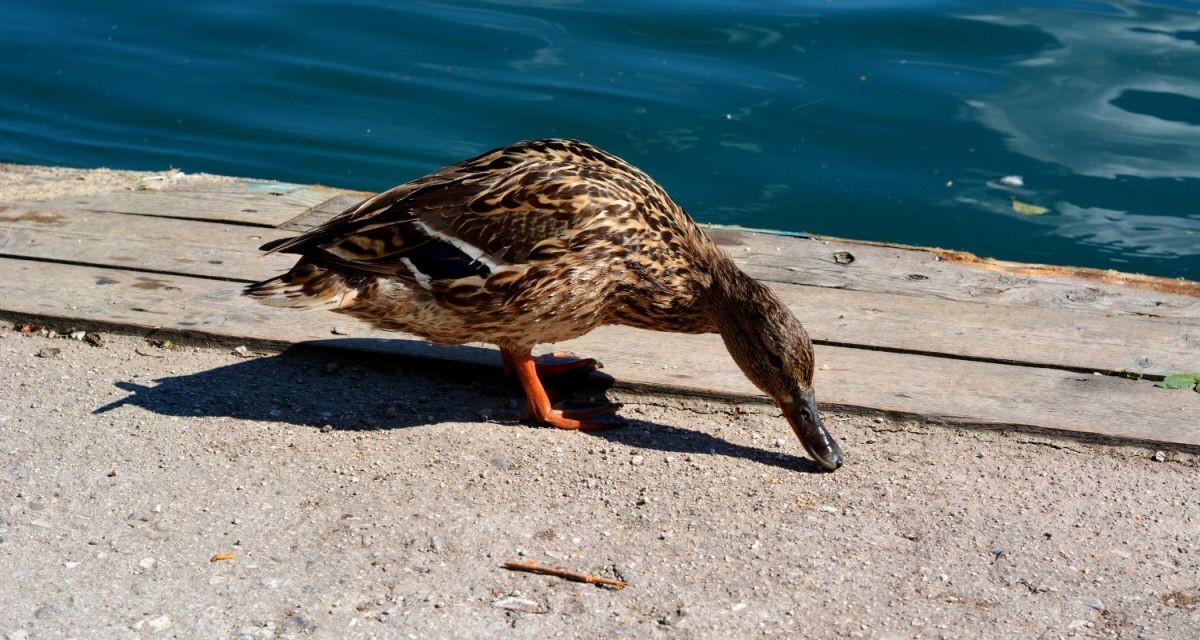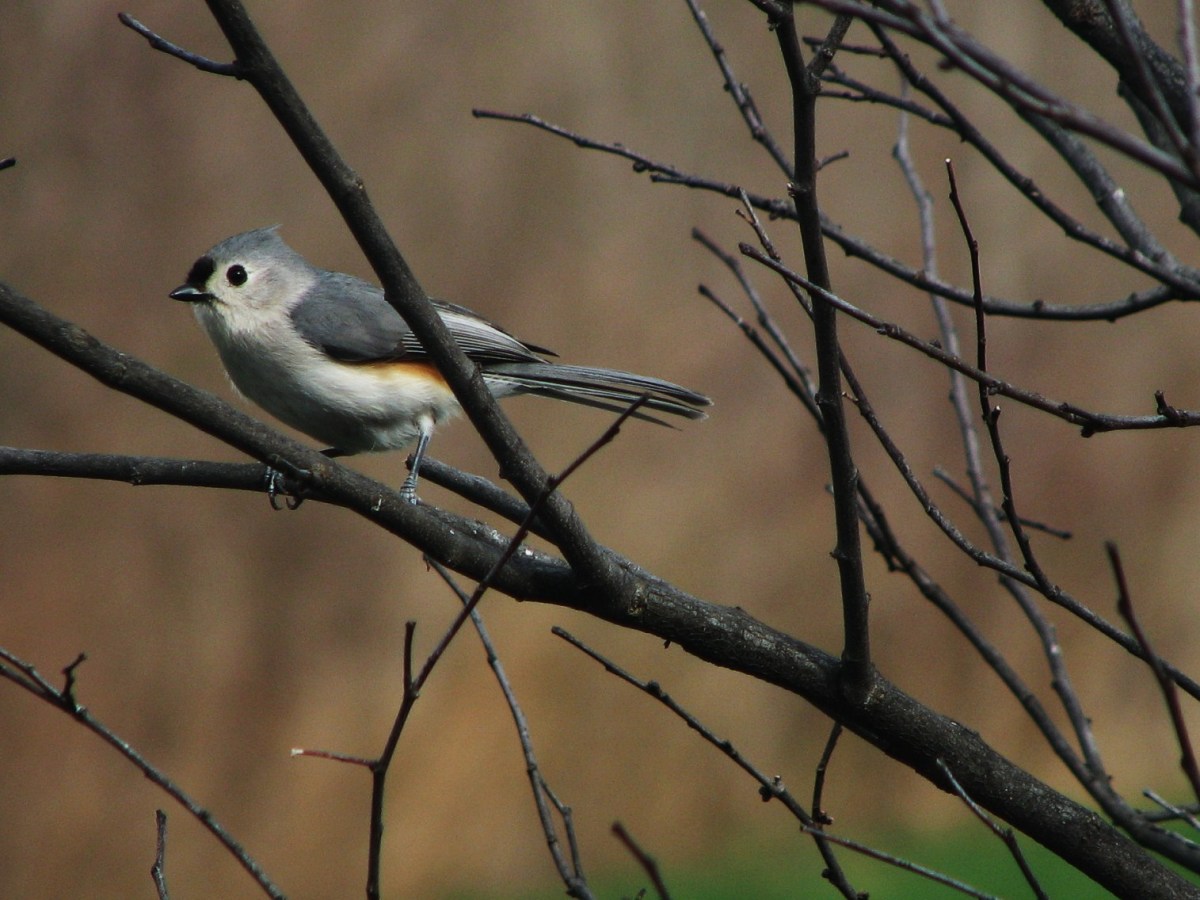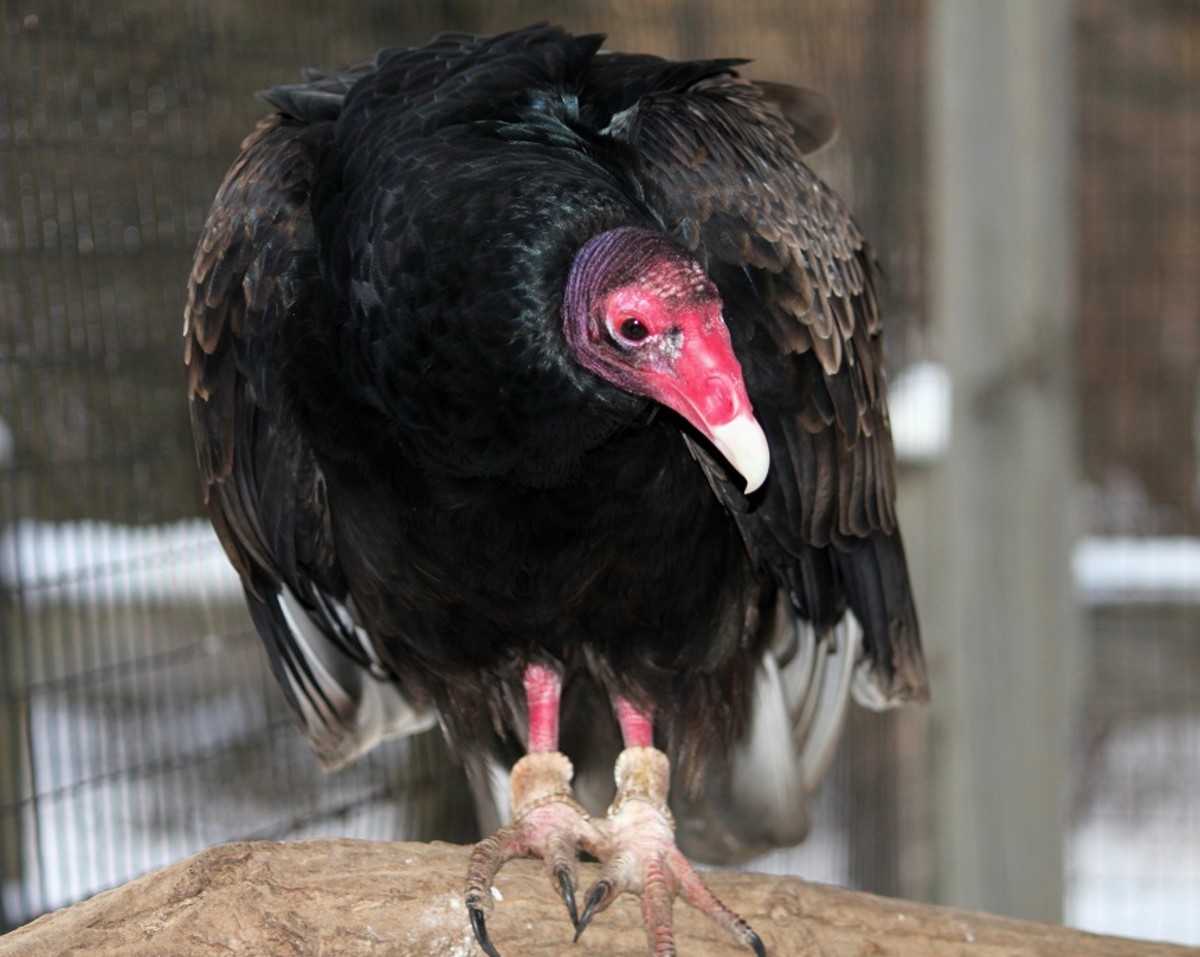Pink Headed Duck At Last?

The Greek playwright Homer wrote in the ‘Iliad,’ “ Still we will let all this be a thing of the past;” ominous words articulated in the aftermath of a tragedy. That was in 500 BC. Homer’s words are relevant even today. The Pink-headed Duck(Rhodonessa caryophyllacea) has not been seen since 1935, when C M Inglis, from Darbhanga, recorded this information. This bird was, once upon a time, seen to the north of the Ganges and west of the Brahmaputra. That explained its distribution near Purnea, Malda and in the north east. They were popular in captivity during the British Raj. But this creature was in danger of becoming “ a thing of the past;” its decline was due to it being hunted and degradation of its habitat. The pink-headed duck became a favourite for hunters because it was diminishing due to the fact that its pink coloured head provided an easy target for the hunter to focus on. It was uncommon in the wild and thus added to the hunter’s credit if the duck was shot dead. 1935 was a long time ago but 1960 was closer to present times. K L Mehta was sailing on the sadhupul river in Chail, near Shimla. He saw flocks of wild ducks but noticed one which was very different. Lo and behold! He could have sworn it was a pink-headed duck! They often moved alone so Mehta sighting just one duck was not unusual. This was recorded in 1960 when Mehta submitted his observation to the BNHS. His report was accompanied with a momentous comment: “ A pink-headed duck at last?” However, we are still uncertain if it is “ a thing of the past.” A saga of the rare pink-headed duck unfolds.
K L Mehta’s observation in 1960 corroborates with the fact that this duck was seen in northern India; Najafgarh Lake, near Delhi, was a location where it was sighted during the 1950’s. These birds are shy and prefer nesting in thick undergrowth. Wetlands which are surrounded by dense vegetation is the ideal habitat for the bird. According to Birdlife International( 2011) “ any remaining population is likely to be tiny and for these reasons it is to be treated as ‘Critically Endangered.’ ” It is also confused with the Red crested Pochard( Netta rufina), a bird with a pink-red coloured head, albeit, different to the pink-headed duck. Since northern India was also on this bird’s flight path decades ago, surveys could be conducted in select areas. The description of its status being ‘critically endangered,’ rather than ‘extinct,’ gives us hope that it may still be in the wild.
There are reasons for birds contributing a vital role in sustaining the ecology and in turn the environment. Some wading birds relocate fish eggs that get stuck to their legs and claws; thereby aiding the transfer of fish to other parts of a river or marsh. Other birds help the environment by pollinating nectar producing plants and transporting pollen on their beaks and feathers. They spread seeds to diverse regions. They are links within the vast food chains that prevail in the eco system. They warn us of the ill effects of pollution. One example was when the US banned DDT in 1972. Birds consuming tainted vegetation died in alarming numbers which conveyed a clarion call to scientists on the pernicious effects of a chemical mankind thought was safe.
Birds are part of a crucial pyramid; this is how only one segment of that pyramid works. It is a continuum and functions in a sequence. A sequence and a system which has existed for millions of years. Leaders all over the world are confronted with a paradox. There is one question with monumental ramifications which assails them. How do they prevent depletion of natural resources without development being affected? We read about power being generated from alternative sources like the wind and sun. We read of a renewable fuel like bio-diesel being successfully produced in Argentina; their vast expanses of grasslands, the Pampas, remains undisturbed. Natural resources and creatures with whom we share the earth tell us in their own way all about the environment. Albert Einstein compared our planet to ‘a closed watch.’ Those birds which perished in the US due to DDT and vultures that died in India, because of the toxic properties of diclofenac, had indeed opened that ‘closed watch’ by a fraction.

